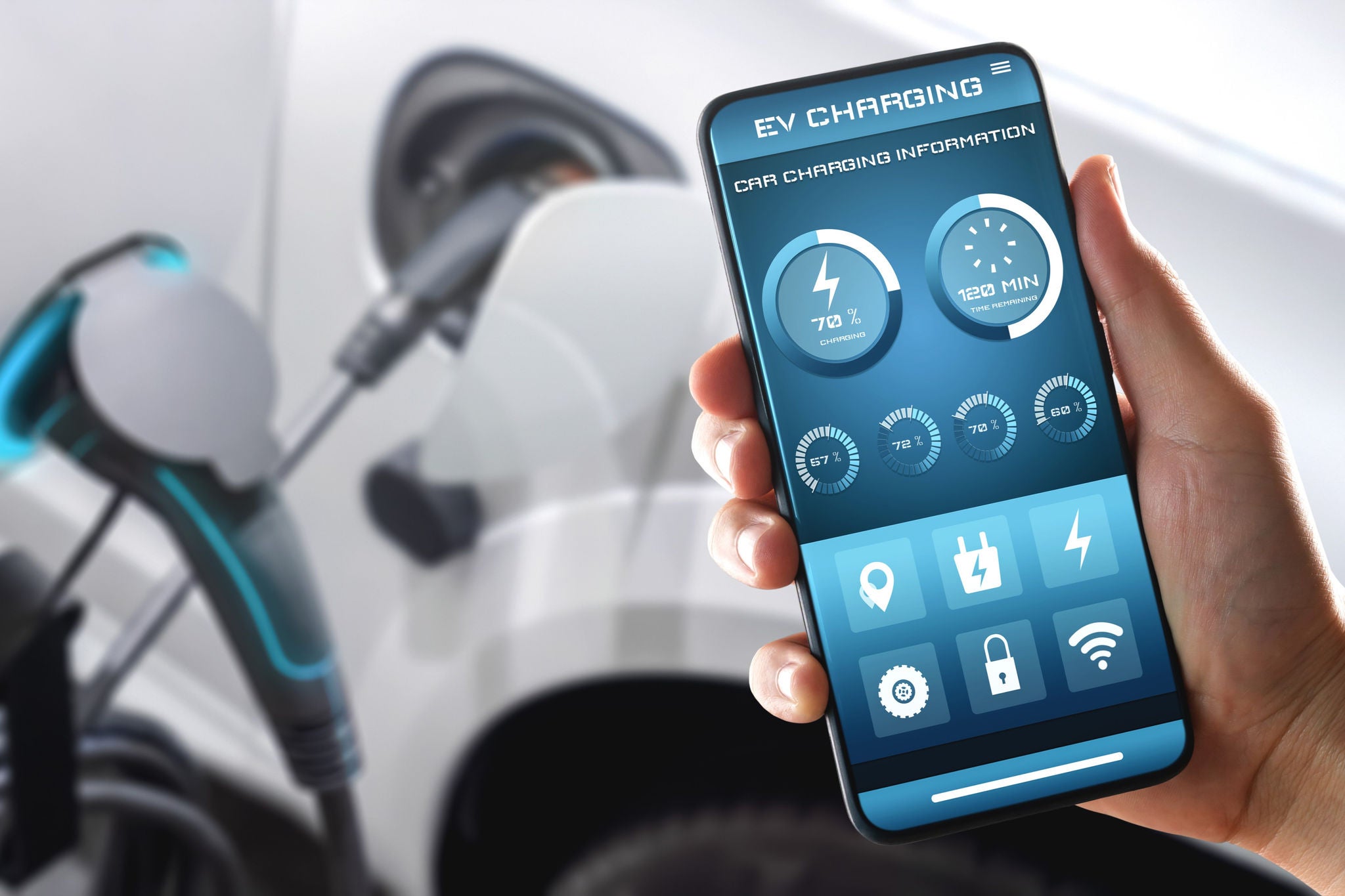Sodium-ion as an alternative
Over the years, different chemistries have been used in EV batteries. In 2010, the world’s first mass-produced EV by a Japanese car maker employed a lithium-ion battery with NCM (nickel-cobalt-manganese) chemistry, followed closely by an American EV maker introducing their first commercial EV with a similar NCA (nickel-cobalt-aluminum) chemistry. These chemistries have superior performance, but their raw material supply sources, especially for nickel and cobalt, are concentrated in a few regions across the globe, which makes them susceptible to shortages and price fluctuations. This led to the resurgence of LFP (lithium-iron-phosphate) chemistry as a low-cost alternative. The material cost of an LFP battery is 20% to 30% lower than the NCM, which has led to a global shift towards LFP batteries, with major OEMs (original equipment manufacturer) committing to the cause.
Automakers are under immense cost pressure to enable the widespread adoption of EVs. However, recent rapid growth in the worldwide EV battery demand has exposed the bottlenecks with lithium mining. The enormous surge in prices of lithium carbonate and lithium hydroxide in the last two years has accelerated the search for newer battery technologies beyond lithium with more abundant, sustainable and low-cost resources.
Sodium, a close cousin of lithium belonging to the alkali metal family, can be the answer. Large quantities can be extracted from both the earth’s crust and seawater and at a lower cost than lithium. Moreover, as sodium does not react with aluminum, an aluminum current collector can be used at both electrodes, unlike the lithium-ion battery, which requires a more expensive copper current collector at the anode. Also, sodium-ion and lithium-ion batteries are similar in cell construction, so production will need only slight assembly-line modifications, making it easier to switch. Overall, a sodium-ion battery is 20% to 30% cheaper than an LFP battery.
Interestingly, the Sodium-ion battery has no over-discharge characteristics, which means it can be allowed to discharge to zero volts. This reduces the chances of fire hazards during transportation. In contrast, a lithium-ion battery must always be stored with a minimum charge, making it susceptible to thermal runaways. Sodium-ion batteries have faster charging times and could have a longer lifespan compared to lithium-ion variants.
More takers for sodium-ion technology
Lately, sodium-ion technology has been gaining traction, with 10 to 12 companies working to commercialize it for EV applications. This includes the world’s largest EV battery manufacturer that unveiled its first-generation sodium batteries in mid-2021 and has announced commercial launch in 2023. A Chinese sodium-ion battery manufacturer has already set up the world’s first GWh (Gigawatt hours) class production line and rolled out the first product off the line in December 2022. Another UK-based start-up claims to have an extensive sodium-ion technology focused IP portfolio comprising 21 current patent families. Additionally, a leading US-based manufacturer of sodium-ion batteries has announced a strategic agreement for mass production by 2023.
Most of these players are, however, in the early industrialization stage. A major challenge in scaling up production is the development of suitable materials and supply chain for both electrodes and the electrolyte. Rest of the components, such as collectors, separators, solutions, can be used from lithium batteries.
What makes it so relevant for India?
It is often argued that sodium-ion batteries suffer from lower energy densities, which essentially means they are heavier than the lithium-ion variants for the same energy delivered. However, the first generation of sodium-ion batteries has reached energy densities up to 160 Wh/kg, while the most recent LFP batteries have achieved just over 180 Wh/kg.
For the next decade, a large part of the Indian market will comprise smaller sub-10kWh batteries that go into two- and three-wheelers. This is a cost-sensitive market and the majority of the OEMs have switched to LFP batteries due to lower costs. The current electric two- and three-wheelers in production have batteries with an energy density of 130 Wh/kg to 150 Wh/kg. This presents a ready-made use case for sodium-ion chemistry as a relevant low-cost, sustainable alternative.
Also, sodium-ion batteries are relevant as a cost-effective alternative for applications where weight and energy density are less of a concern, such as stationary energy storage systems, which are a sunrise sector in India.
Way ahead
India has traditionally depended on oil imports for its energy needs and transitioning to lithium-based BEV technology as a long-term option is under question. Sodium-ion batteries present a promising opportunity in developing India’s home-grown battery technology, thereby reducing the dependency on imports. Moreover, the need for accelerated growth of EVs at a lower cost offers the scale for India to become a global leader in manufacturing sodium-ion batteries.






